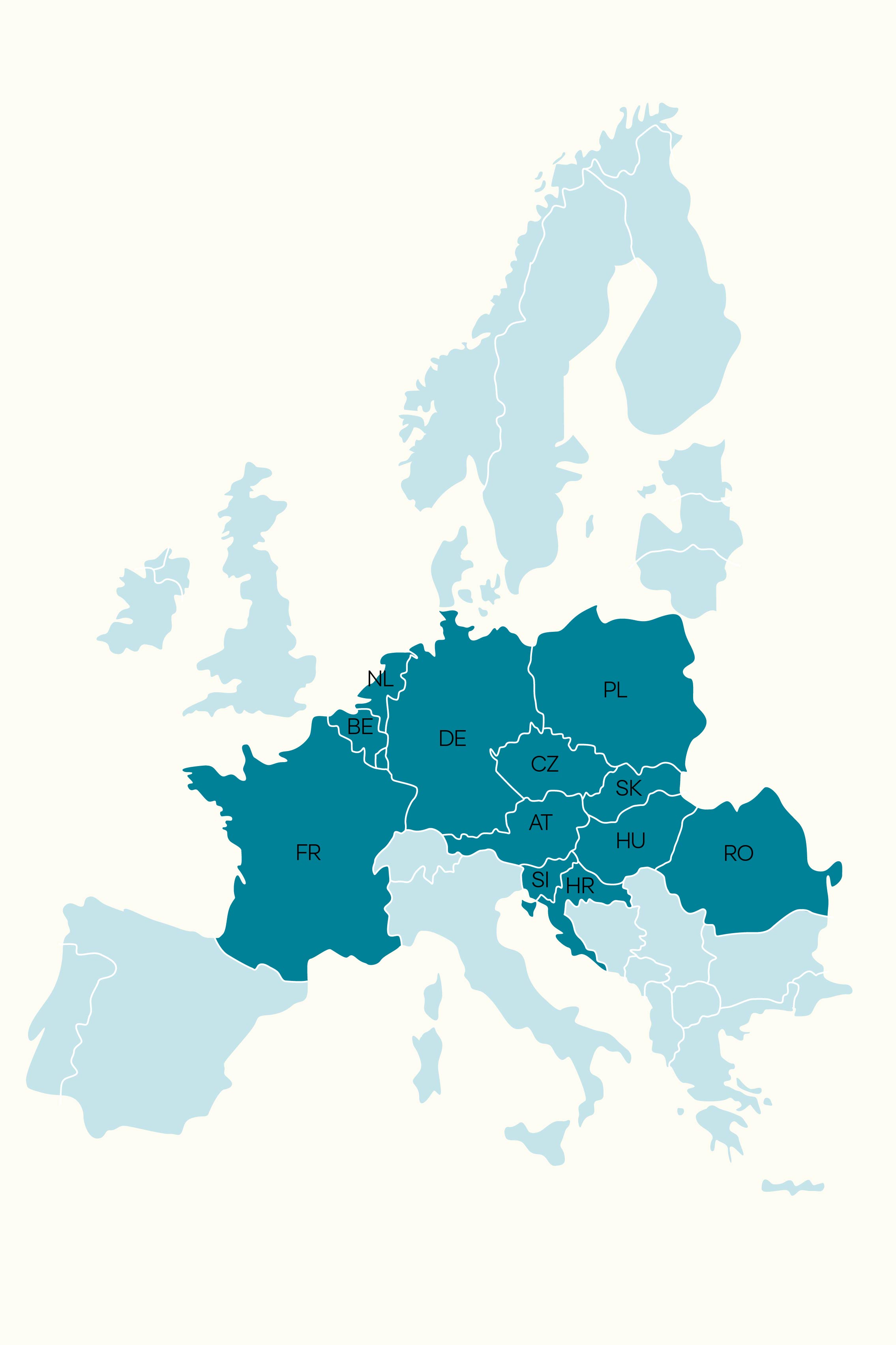A Deep Dive into Cross-Border Transmission Capacities Allocation
energy-trading
28 Feb 2023
Kamil Pluta, Systematic Trading
)
European futures and power spot markets function on the basis of locational marginal pricing (LMP) which suggests that the price received/paid by market participants on energy exchanges reflects the marginal cost of electricity in respective bidding zones.
For example, the price of the Cal-24 contract on December 27, 2022 varied among European countries from 254 €/MWh (Germany) to 263 €/MWh (Netherlands) to 275 €/MWh (France), accounting for the differences in generation sources, consumption patterns and physical grid characteristics in that specific location.
Given the size of spreads between neighboring markets, some market participants are looking to contract power outside of their bidding zone.
However, power can not be delivered to a neighboring country without taking into account cross-border transmission capacities — i.e. the amount of power available for transfer to an adjacent market while respecting physical grid constraints.
Let’s zoom in on how transmission capacities are allocated in power markets.
Explicit Capacity Allocation
Cross-border power trades in futures markets are subject to explicit capacity allocation that involves auctioning long-term transmission capacities — referred to as financial transmission rights (FTRs) — independently from power.
Therefore, whenever market participants decide to buy/sell power futures in one of the neighboring countries, they should separately purchase FTRs, traded in yearly, quarterly or monthly contracts, to gain the right to actually transfer those amounts of power across a border.
For each direction (e.g. Germany→France), TSOs allocate a certain amount of offered capacity which is further auctioned on their behalf. FTRs auction participants — also called capacity traders — estimate the spreads between the target markets and submit the required capacity and limit price to the corresponding capacity auction. After auction closure, a clearing price is established on the basis of a merit order and winning participants receive long-term transmission rights with respect to the initial offered capacities.
The example below uses historical prices from December 27, 2022 to illustrate the process of FTRs auctioning for the DE-FR border:

Let’s assume asset-backed traders in Germany want to sell power in a monthly contract to a customer in France. The price difference between Germany and France is 275 €/MWh - 254 €/MWh = 21 €/MWh, meaning that traders are supposed to get 21 €/MWh of extra profit compared to local trade. However, to actually transfer this amount of power across a border, they should also buy FTRs for the corresponding volumes on capacity auction.
In this scenario, power traders would make a profit as long as the FTRs price is below 21 €/MWh. Therefore, they submit a limit price of 18 €/MWh. After auction closure, the clearing price turns out to be 178.6 €/MWh, so our traders don’t receive any capacities allocated.
Since FTRs do not oblige their holders to transfer physical power, the example from above is also relevant for prop traders with an intention to speculate on spreads between two markets. Instead of actually producing the contracted volumes of power, prop traders can buy power on a local market and make a profit unless the FTRs price is above 21 €/MWh.
On top of that, holders of FTR contracts can transfer power only when the spread between markets makes it financially viable.
Implicit Capacity Allocation
Cross-border power trades in spot markets are subject to implicit capacity allocations that integrate the cost of cross-border transmission into the wholesale electricity price received/paid by market participants on energy spot exchanges.
Implicit allocation of cross-border capacities became feasible after the introduction of a market coupling that allows for the minimization of electricity price differences between bidding zones. While two different market coupling mechanisms lay at the heart of Day-Ahead and Intraday markets, both of them are designed to incorporate orders submitted from a number of coupled bidding zones into a common merit order list or one order book respectively.
A mechanism called flow-based market coupling (FB MC) — typical of Day-Ahead auctions — covers the core area that consists of bidding zone borders between 13 countries-members of the EU:
 European countries involved in the core flow-based Day-Ahead market coupling
European countries involved in the core flow-based Day-Ahead market coupling
Cross-border intraday coupling (XBID) — relevant for Intraday Continuous — has been implemented in several waves and now includes 25 countries-members of the EU:
 European countries involved in the Cross-border intraday coupling
European countries involved in the Cross-border intraday coupling
Power spot traders from EU countries that aren’t yet coupled make use of explicit capacity allocations by participating in Day-Ahead and Intraday capacity auctions (as described above).
)

)
)
)
)
)
)

)
)

)

